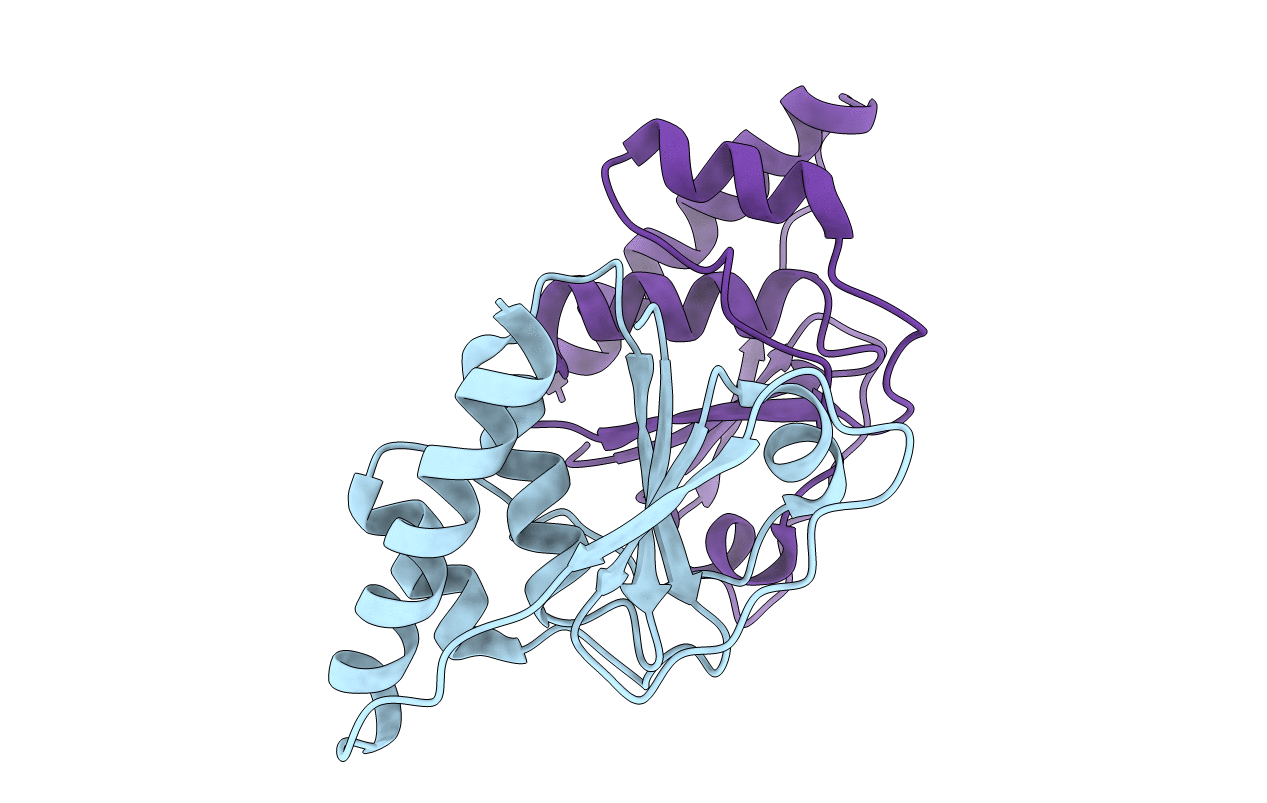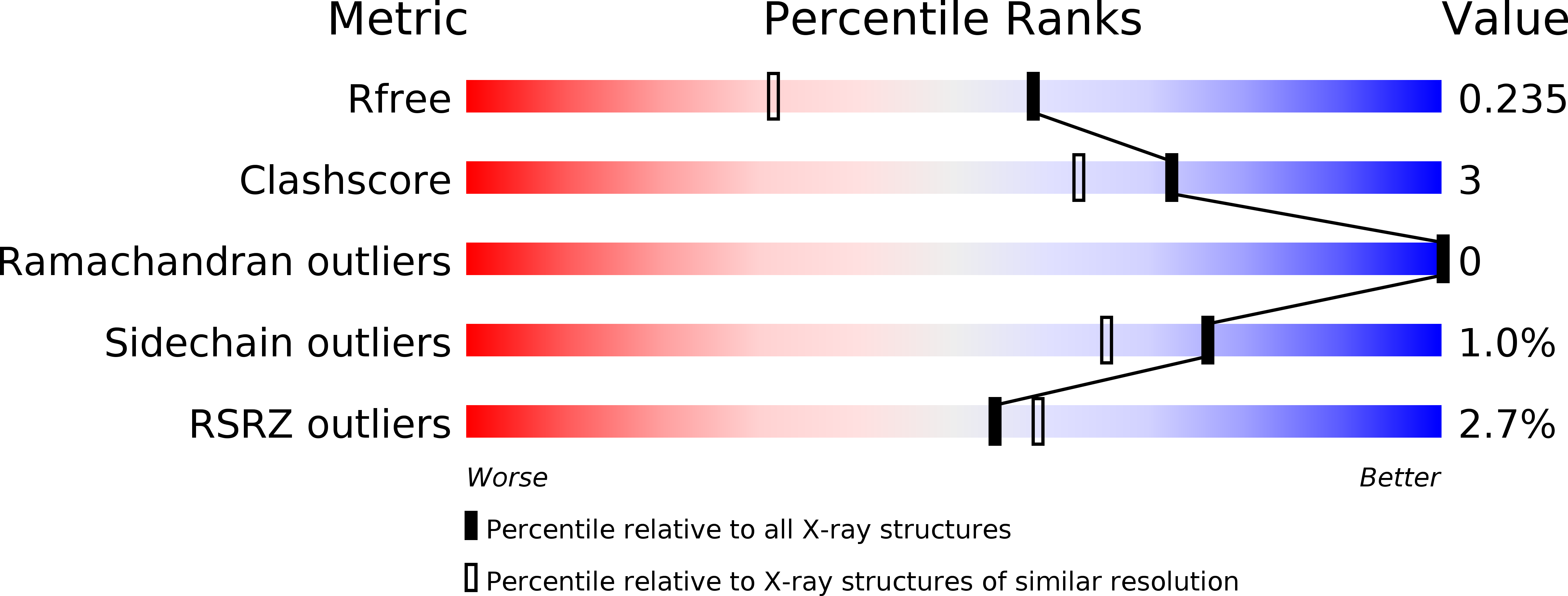
Deposition Date
2011-04-11
Release Date
2011-11-30
Last Version Date
2023-12-06
Entry Detail
PDB ID:
3RH0
Keywords:
Title:
Corynebacterium glutamicum mycothiol/mycoredoxin1-dependent arsenate reductase Cg_ArsC2
Biological Source:
Source Organism:
Corynebacterium glutamicum (Taxon ID: 1718)
Host Organism:
Method Details:
Experimental Method:
Resolution:
1.72 Å
R-Value Free:
0.23
R-Value Work:
0.17
R-Value Observed:
0.17
Space Group:
P 1


